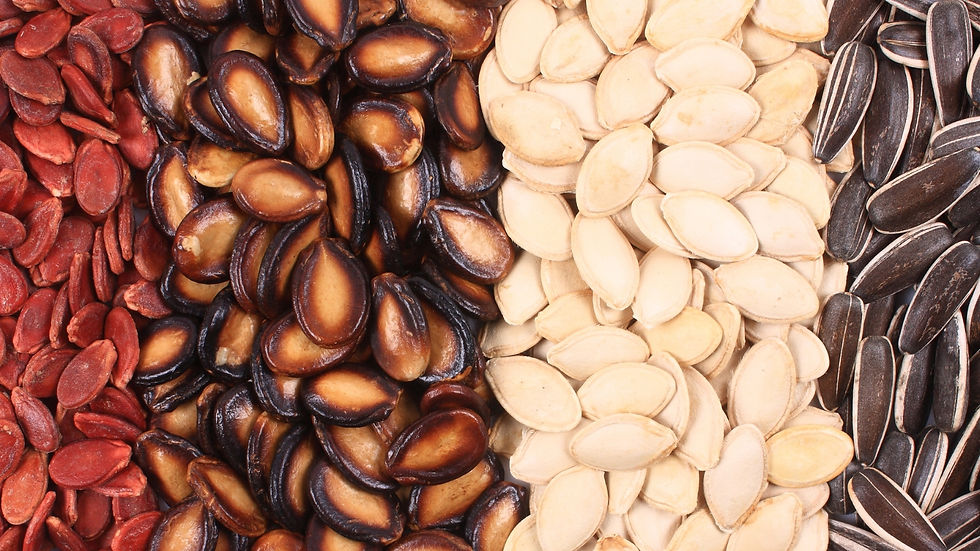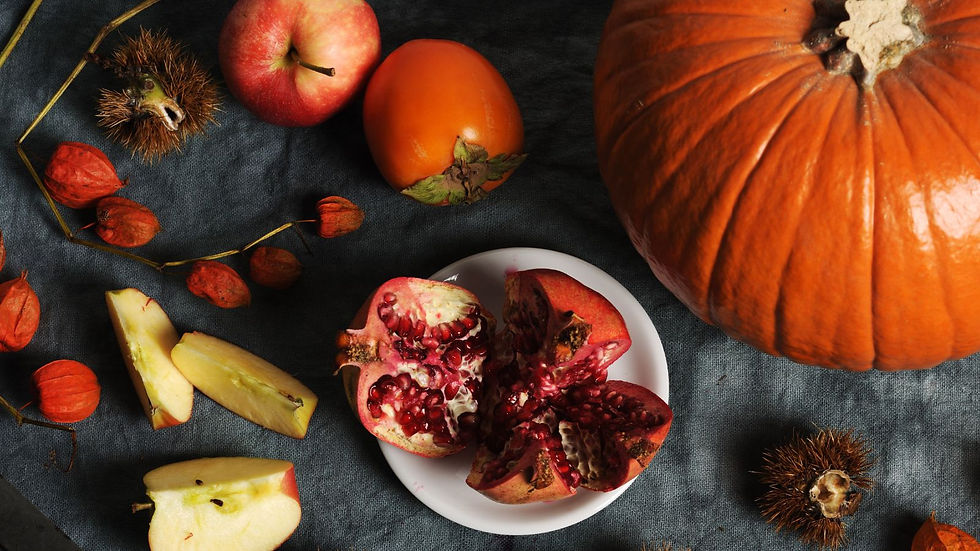Start It From Seed Or Buy It?
- b1415jimenez
- Feb 29, 2024
- 3 min read
Updated: Aug 20

It can be very tempting in spring to browse seed catalogs and make a hefty order for the coming season. These are my tips for beginners and recommendations for what you should and shouldn’t grow from seed.
Starting your own veggie seedlings comes with its perks, you can find unique varieties of seed to grow plants you wouldn’t normally be able to find in a nursery, it can be cheaper than buying transplants, and they can even be healthier plants if you get the hang of it. In my own experience some plants are far more worth it than others and some plants just don’t take well to being transplanted;
TIP: One thing I’ve noticed with seed starting is that when it comes to vegetables in particular, the smaller the seed, the harder it is to start. (Example: Tiny tomato seeds are more finicky to start than big green bean seeds or sunflower seeds, which pop up with a thick seedling with very little effort.)
Crops I don't recommend starting from seed for beginners:
I have found crops like tomato, tomatillo, broccoli, cabbage, celery, and onion difficult to get started. For the more experienced gardener it can be very fun to try unique varieties this way but for beginner gardeners I say skip it.

Crops I do recommend starting from seed:
What I start from seed in my own garden and what I can confidently recommend includes: zucchini and other summer squashes, pumpkins/gourds, beans, peas, sunflowers, and corn. All of these are large seeds and easy to get started. I don’t like to baby the seedlings in the garden and it can be tricky for new gardeners so I recommend directly seeding them into the garden plot when the spring weather is really warming up. No need for seed starting trays or any extra tools. Don't rush to get seed in right after the last frost, it’s just too soon to get good results.. Wait until March at minimum. And be sure to follow seed spacing on the package because these large crops need space to grow properly.

Crops you should ONLY start from seed:
Any plant that is a root crop, like carrots, radishes and beets should never be bought as transplants. Since the root itself is what we want to eat, the act of transplanting from the nursery pot into your garden soil is sure to disturb the root, resulting in stunted or warped growth. Buy seed for these crops from a company that tests for good germination like Johnny's Select Seed.
Tip: ‘Germination’ refers to seeds growing into seedlings, companies like Johnnys will test their batches and only sell seeds that show a high germination rate percentage.
Some of these can be finicky to start, so wait until the weather is warm and lay down a dense row of seed and thin seedlings after sprouts pop up. Some seed packets will have recommendations like ‘2 seeds every 2-3 inches’, you don't necessarily need to follow those rules for these small crops, just sprinkle the seed into an even row and then when they start sprouting you can pull out seedlings to make space after. This way you know you’ll get enough plants started and you can use the ones you remove as microgreens to eat in a salad or sandwich! Plus it's just fun to have baby radish and carrot to garnish meals with, it’s certainly not something you'd be able to pick up at the supermarket.

Tip: Use seedling thinnings as microgreens!
Be sure to consider these factors in your next seed order! It's sure to save you time, frustration and maybe even some money!








Comments